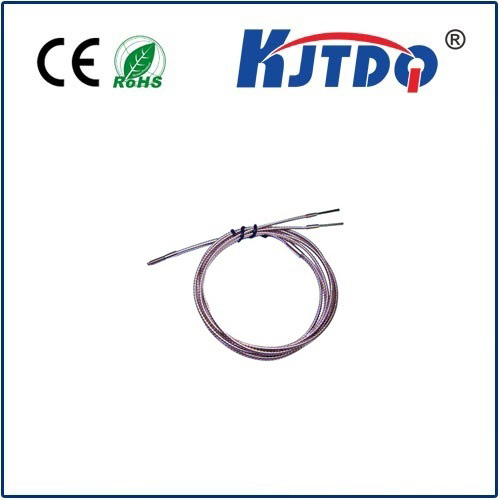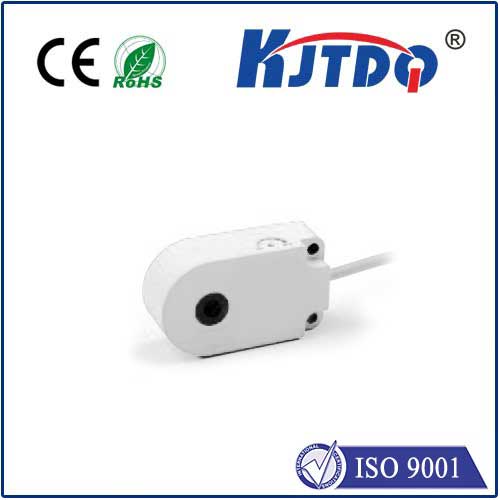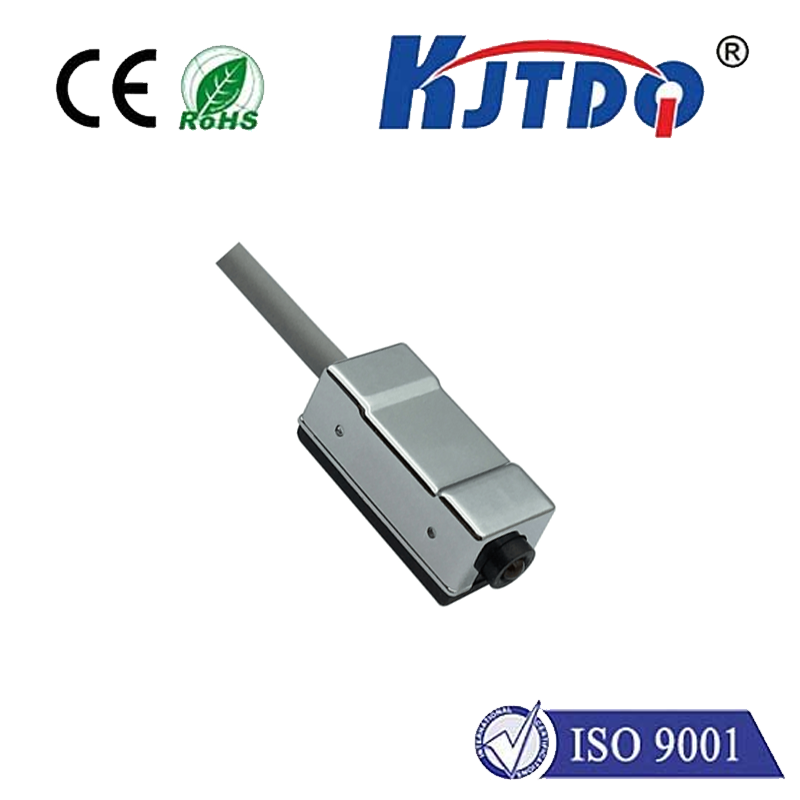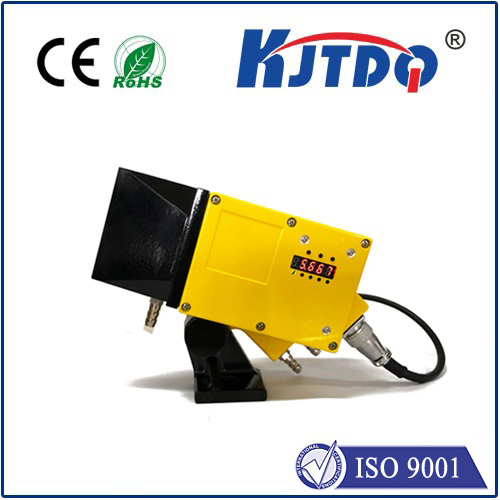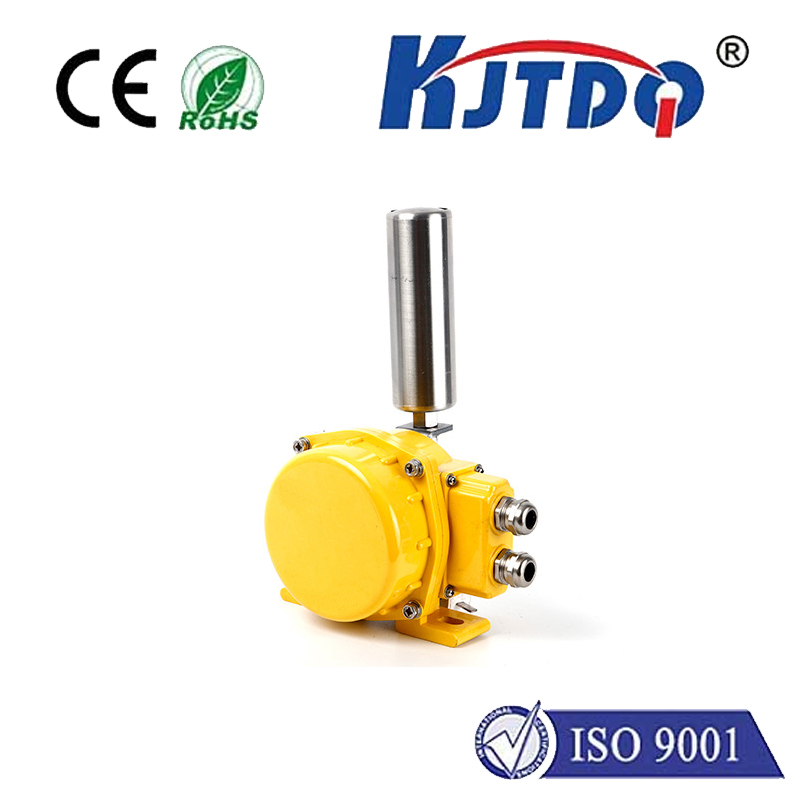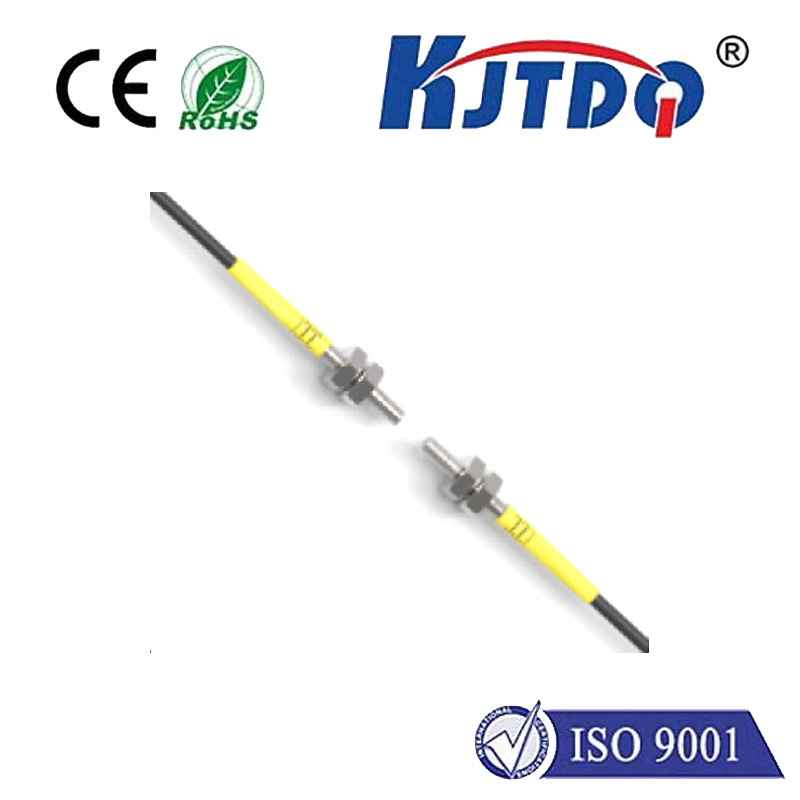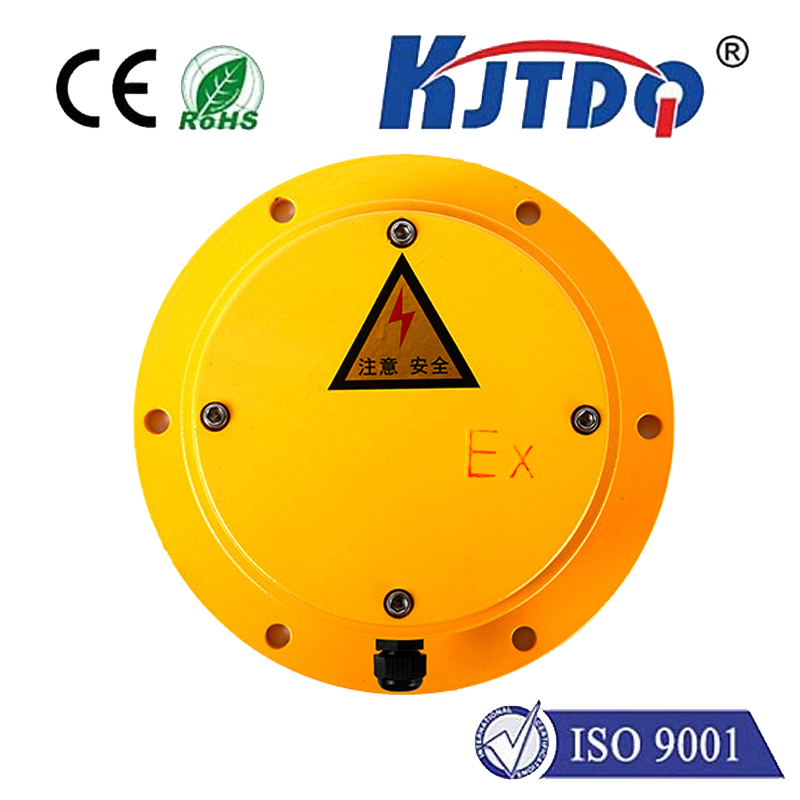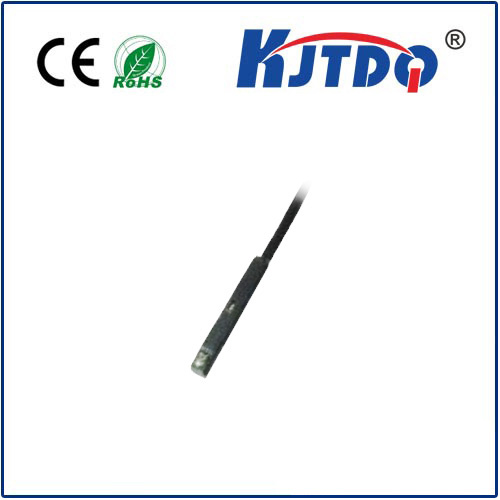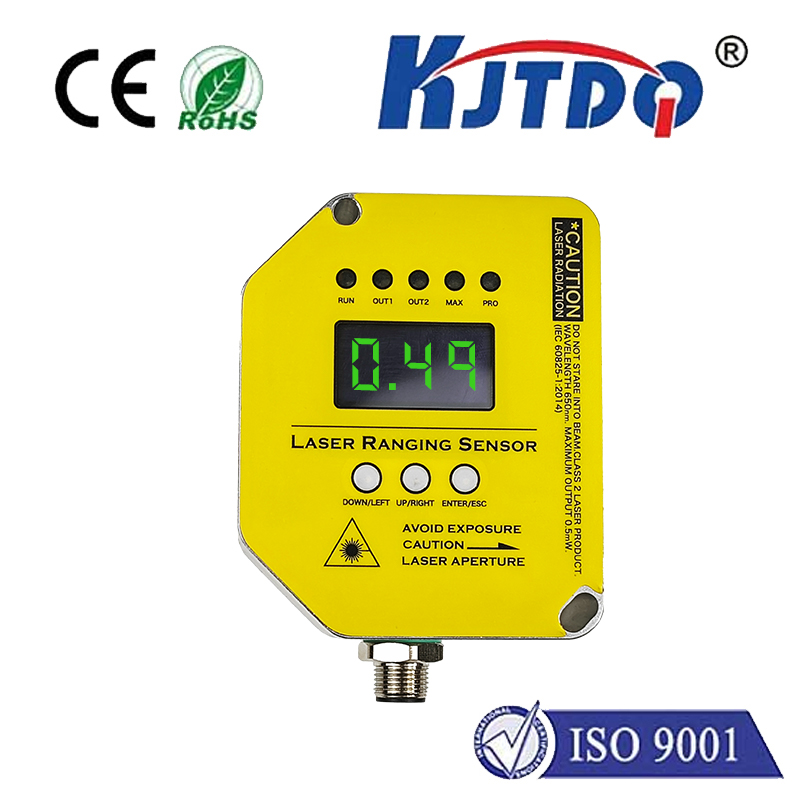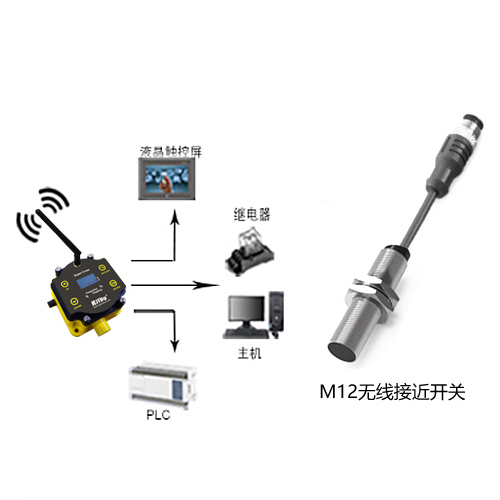

check

check

check

check
The Versatile Stainless Steel Limit Switch: Enhancing Industrial Applications
Introduction
Stainless steel limit switches are essential components in various industrial applications. These switches play a vital role in monitoring and controlling machinery, ensuring that processes run smoothly and efficiently. The use of stainless steel material makes these switches durable and resistant to corrosion, making them ideal for harsh environments. In this article, we will explore the benefits and applications of stainless steel limit switches in detail.
Durability and Corrosion Resistance

One of the primary advantages of stainless steel limit switches is their durability and resistance to corrosion. Stainless steel is known for its strength and ability to withstand extreme temperatures, making it an ideal material for industrial equipment. Additionally, stainless steel is resistant to corrosion due to its high chromium content, which forms a protective layer on the surface of the metal when exposed to oxygen. This protective layer prevents rust and other forms of damage from occurring, ensuring that the switch remains functional over time.
Precision and Reliability
Another significant benefit of stainless steel limit switches is their precision and reliability. These switches are designed to detect the presence or absence of objects accurately, allowing machines to operate safely and efficiently. They also have a long lifespan compared to other materials, reducing maintenance costs and downtime. Furthermore, stainless steel limit switches can be customized to meet specific application requirements, making them highly versatile.
Applications in Industrial Automation
Stainless steel limit switches are widely used in industrial automation due to their durability and reliability. They are commonly found in conveyors, packaging machines, and robotics systems. For instance, in conveyor systems, limit switches are used to detect the presence of products on the belt, ensuring that they are transported correctly without damaging them. In robotics applications, limit switches help control the movement and positioning of robotic arms, improving accuracy and productivity.
Benefits in Hazardous Environments
Stainless steel limit switches are also beneficial in hazardous environments such as chemical plants and refineries. These switches can withstand exposure to chemicals and acids that would corrode other materials quickly. Additionally, they can operate in high-temperature conditions without losing their structural integrity or performance capabilities. This makes them ideal for use in environments where safety is paramount.
Conclusion
In conclusion, stainless steel limit switches are versatile components that enhance industrial applications by providing durability, reliability, and precision. Their corrosion resistance and ability to withstand extreme temperatures make them suitable for use in harsh environments. Moreover, they are customizable to meet specific application requirements, making them highly versatile. As technology advances, stainless steel limit switches will continue to play a crucial role in industrial automation and hazardous environments.
